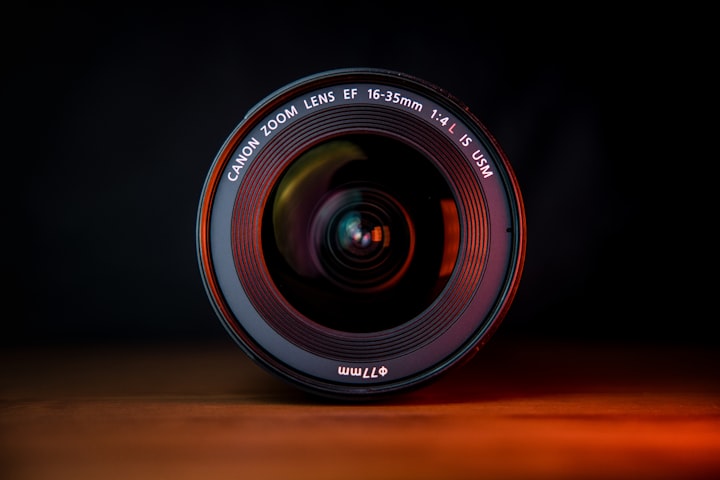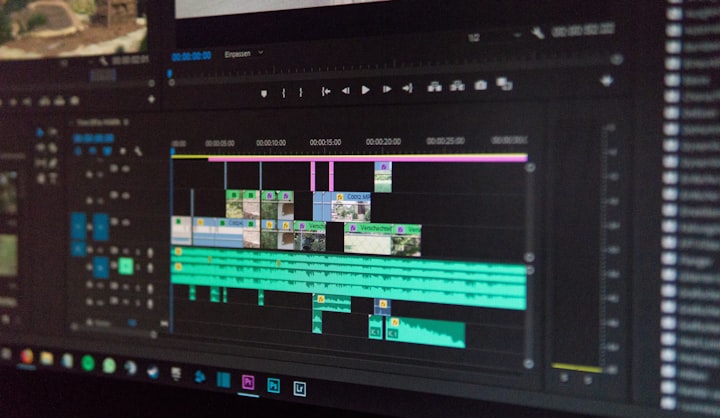
The camera lens is an essential component of any camera system, whether it be a professional DSLR or a smartphone camera. It plays a critical role in shaping the final image captured by the camera and is often the deciding factor in the overall quality of the image. In this article, we will explore some of the key features and characteristics of camera lenses, as well as their various types and applications.
A camera lens is essentially a piece of curved glass that captures and focuses light onto the camera's image sensor. The curvature of the glass elements determines the lens's focal length, which is measured in millimeters. The focal length determines the lens's field of view, or how much of the scene the lens can capture. A lens with a shorter focal length, such as a wide-angle lens, will capture a broader field of view than a lens with a longer focal length, such as a telephoto lens.
In addition to focal length, lenses are also characterized by their aperture, which is the size of the lens's opening. The aperture is measured in f-stops and determines the amount of light that enters the camera. A lower f-stop number, such as f/1.8, represents a larger aperture and allows more light to enter the camera, resulting in a brighter image and shallower depth of field. A higher f-stop number, such as f/22, represents a smaller aperture and results in a darker image but with greater depth of field.
Camera lenses come in a variety of types, each with its own unique characteristics and applications. Wide-angle lenses, as mentioned earlier, have a short focal length and capture a broad field of view. They are ideal for landscape and architectural photography, as well as for capturing images in confined spaces. Telephoto lenses, on the other hand, have a longer focal length and are used for capturing distant subjects, such as wildlife or sports action. They can also be used for portrait photography, as they tend to compress the background and isolate the subject.
In addition to these basic types, there are also specialty lenses such as macro lenses, which are used for capturing extreme close-up images of small objects, and fish-eye lenses, which capture an ultra-wide angle of view and produce a distinctive circular image.
The quality of a camera lens is determined by several factors, including the quality of the glass, the precision of the lens's manufacturing, and the coatings applied to the lens. High-quality lenses can produce sharp and detailed images with minimal distortion or aberration, while lower-quality lenses may produce images that are soft or distorted.
When selecting a lens for a particular application, it is important to consider factors such as focal length, aperture, and image quality, as well as the specific needs of the photographer. For example, a landscape photographer may require a wide-angle lens with a large aperture for capturing images in low light conditions, while a portrait photographer may prefer a medium telephoto lens with a wide aperture for achieving a shallow depth of field and smooth bokeh.
In addition to traditional camera lenses, there are also a variety of accessories that can enhance the performance of a lens or provide additional creative options for photographers. These include lens filters, which can be used to adjust color balance, reduce glare, or create special effects, and lens hoods, which can help to reduce lens flare and protect the lens from damage.
In recent years, advances in technology have led to the development of new types of camera lenses, including mirrorless lenses and smartphone lenses. Mirrorless lenses are designed specifically for use with mirrorless cameras, which are smaller and lighter than traditional DSLRs. Smartphone lenses, on the other hand, are designed to attach to a smartphone's camera and provide additional capabilities, such as zoom or wide-angle lenses.
About the Creator
Michael
This writer brings characters and worlds to life with vivid descriptions and compelling narratives. They transport readers to different times and places, leaving them longing for more.






Comments
There are no comments for this story
Be the first to respond and start the conversation.